A look behind Inventions

|
||
|---|---|---|

|
||
| Homework | ||
Pursell | Pacey–World| Pacey–Meaning | Postman | Head | Tenner | Eberhart | Snow | Siry | Kaku
![]()
On our last meeting day we talked about a three different perspectives when viewing certain tools and their relation to the inherent power of technology.
These three facets of all tools are both in Pursell and in Pacey; in addition they are explained on the web site:
Three ways the tools create powerful influences!
Three distinct elements in any tool are: material, social, & symbolic.
• This division comes from Pursell's understanding of Aristotle and the classical Greek understanding of craft.
• There is also a division from Pacey that is made between survival and fine technology.
The material from which tools are derived certainly influences a social organization to acquire those "
But there emerges further differences in the social organization required to make or use the tool or associated tools. Both the tool itself and the means by which the tools are made, deployed and maintained are both related to a deeper understanding of technology. Both of these facets: 1) the tools and their sources and 2) the social organization needed to perpetuate their use widely differ from the cultural constraints that exist. We can discern these cultural constraints as expressed in language or the symbolic significance tools possess if we look at how tools are described. Just as the social organization or ordering of society to employ a technology is based on what people do with these major tools (adapt and exapt), so we can discern through stories, words, paintings or songs how the culture adapts to technology.
In the history of technology, changes in the use of tools have had profound impact on power, accumulation of wealth, success in raising agricultural and manufacturing production, and land-use.
Pursell, Pacey and Postman insist that technology has such great power in our hands, society, and in our heads and souls that Eberhart insists we are too confused to know the difference between what a technology does and what a technology is.
So can you tell the differences between:
what a technology is, &
what a technology does
Eberhart and Tenner suggest that we learn more about technology if we see why and when tools and materials fail us.
Pursell explores the social, Pacey the material, and Postman the symbolic; though all three authors analyze all three facets.
![]()
| Questions for discerning what tools do: | Facets | ||
| Survival technology | Fine Technology | ||
what a technology is?
|
Tectonic or Technical | ||
what a technology does? |
Social or Organizational | ||
| Cultural constraints | |||
You need to be well aware by now in the course of the three facets or aspects of technology .
But as we organize our thoughts about technology, you need to consider how has the use of one technology as it is replaced by another technology a factor that has shaped history?
I seeing how tools alter behavior and organization, you may now want to look at film.
Literally film (movies) are a technology.
Figuratively film is both
1) a means of organizing -- or re-organizing- dramatic performances and a means of cultural expression by capturing images to portray for an audience in a manner that mixes elements from art, sculpture, painting, music, drama, dance and oratory into a wholly new form of expressive art.
2) Society is or can be portrayed in film.
But we want to take one further step.
Culture.
What do tools, especially tools portrayed in films, reveal about our culture, or other cultures where film is used s a medium to express profound ideas, feelings or beliefs?
Consider: why, for example in film –a form of modern technology that is widespread and influential—are we unaware of what motion pictures really are?
![]()
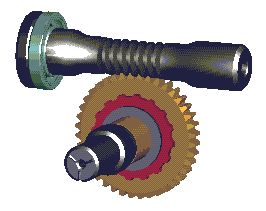 material, what a tool does, how it does it, and effectiveness is determined by what it is made from and how it fits together into a technical complex,
material, what a tool does, how it does it, and effectiveness is determined by what it is made from and how it fits together into a technical complex,
social: organizational, political, cultural in terms of how labor performs as a team, or we economically adapt to a technology, technique
symbolic: metaphors, cultural icons, images, imagination, stories.
Technology has always been an extension of the human capacity for language, thought and action -- so it finds a place --if not a home-- "in the dreams and fantasies of a society or its rulers."

Other kinds of inspired thoughts with a technical outcome:
 |
Fine technology |
|
|---|---|---|
That is a term of historian Donald Hill that "denotes small but relatively sophisticated mechanisms of which we may note two kinds, one connected with gardens and the other with astronomy." p. 34.
|
||
These were technologies that allow for some predictive change
or a capacity to predict changes more accurately. |

|
|
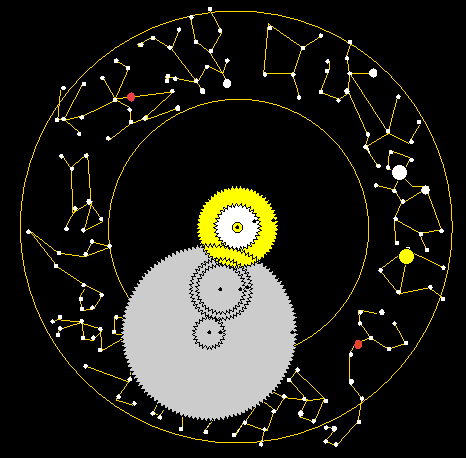
These adaptive mechanisms led eventually to water raising wheels and turbines and weight driven clocks and watches.
Current examples of fine technology.
| Fine technology | Gardens | |
|---|---|---|
 |
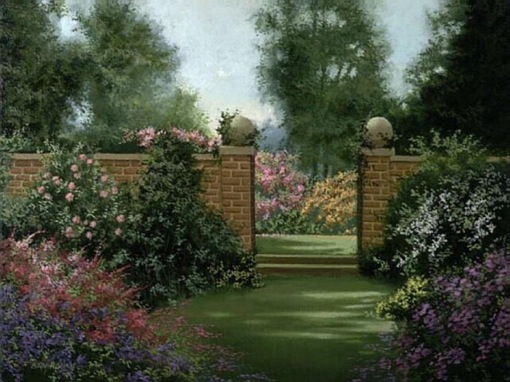 |
|
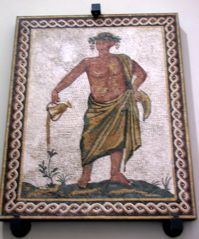 |
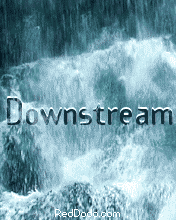 |
|
Dreams too are enormously important motivators of invention. |
Gardens need fountains to endure. |
Current threads in existing tool complexes or technical webs:
By analogy and application of Hill's ideas about "fine technology," we can look at 19th century developments in dynamos or radios and 20th century developments and suggest that thermostats, diodes, transistors, cyclotrons, and lasers, are examples of the refinements essential for technical innovation. All are examples of fine technology and the role of components in developing new applications such as mobile phones, PCs, CDs, wireless and music players.
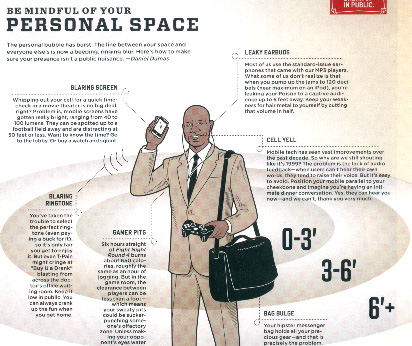
Mechanization through the application of fine technology ushered in automation.
| Gears transfer power vertically and horizontally to the main drive shafts | |
|---|---|
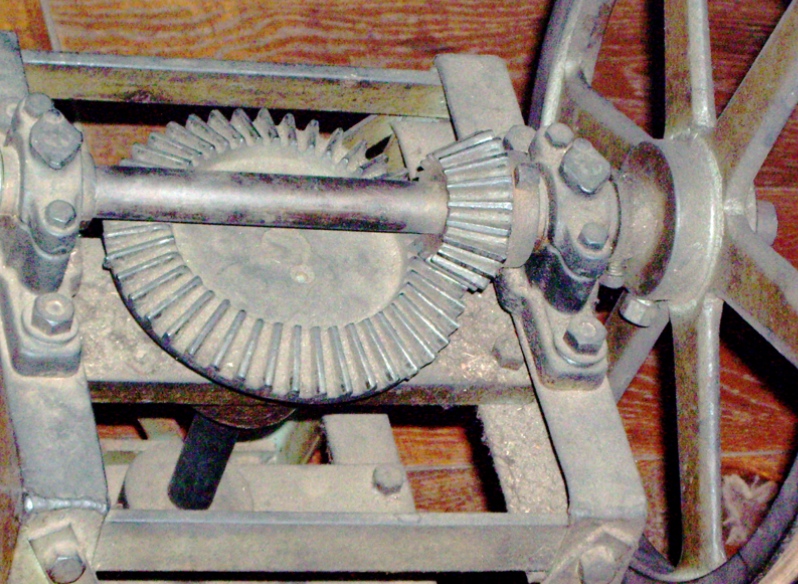
|
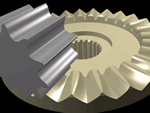
|
This gearing is an example of fine technology. |
Motion is transferred perpendicularly from one plane to another. |
| Can you discover more examples of fine technology in the Kaku book and, also, in the last chapters of Pursell or Pacey? | |

|

|
| Automobile engineering is a trigger. | What makes machinery a key step in automation? |
As automation made gender less of an obstacle to work women were portrayed as denizens of leisure.
Make a list of these refinements that you find and their page numbers:
Bring your lists to class to compare.
Artificial Intelligence | Robots | mechanization
Pursell | Pacey–Meaning | Pacey | Tenner | Postman–Tech | Postman–Television | Eberhart | Snow | Kaku
 |
||
|---|---|---|
| Tools of Toil: what to read. | ||
| Tools are historical building blocks of technology. | ||
Technology index ![]() landscape index
landscape index ![]() words index
words index ![]() photograph index
photograph index